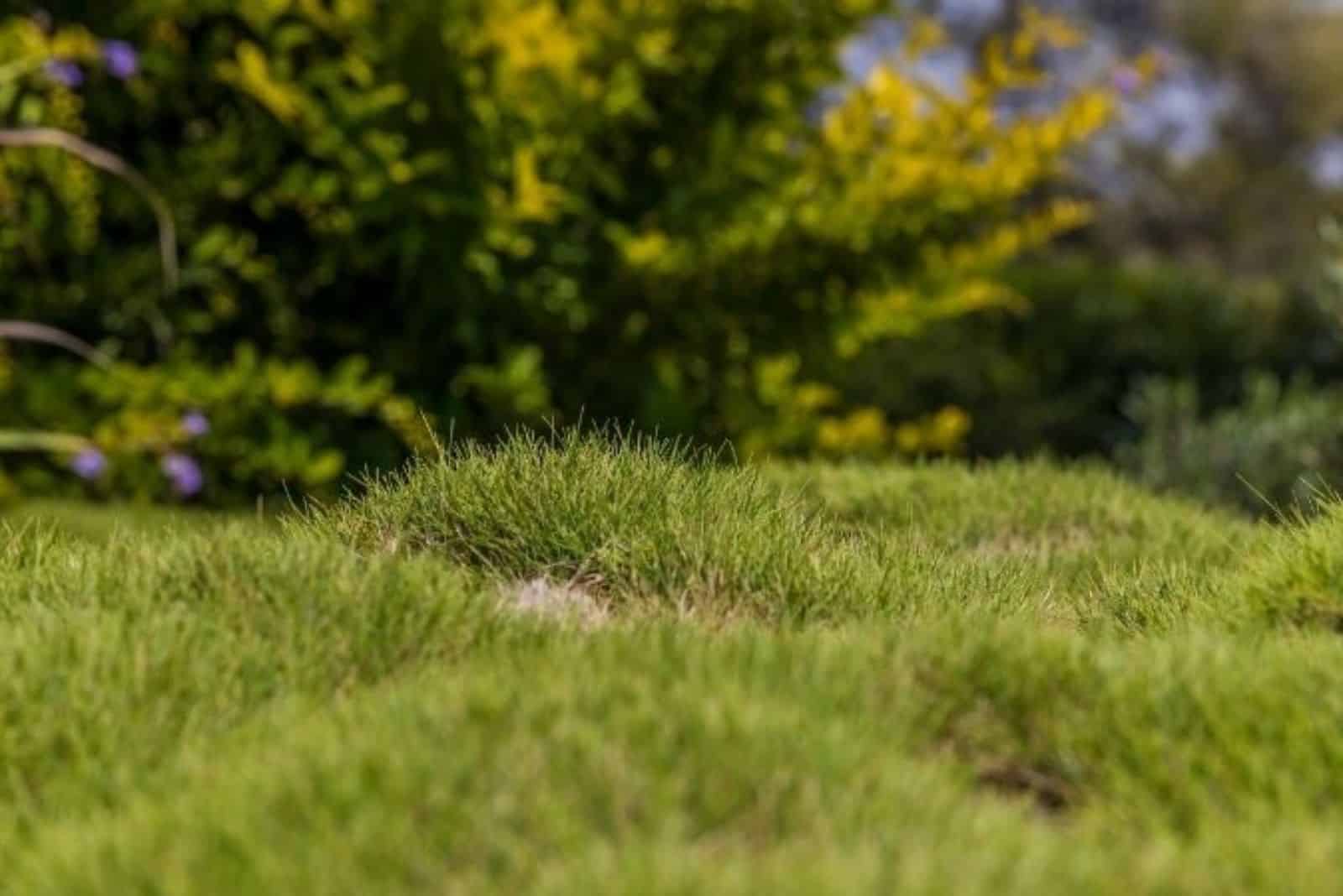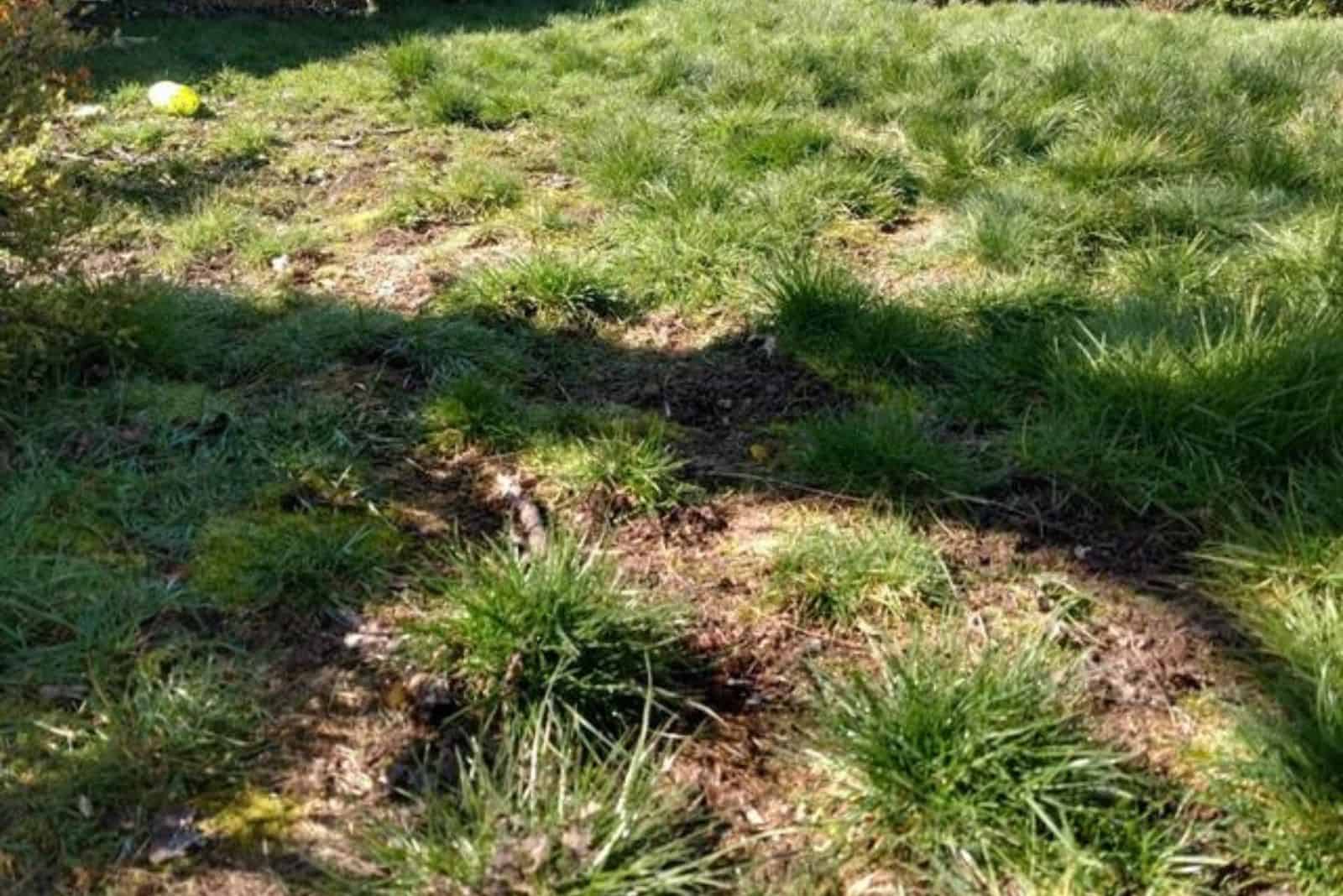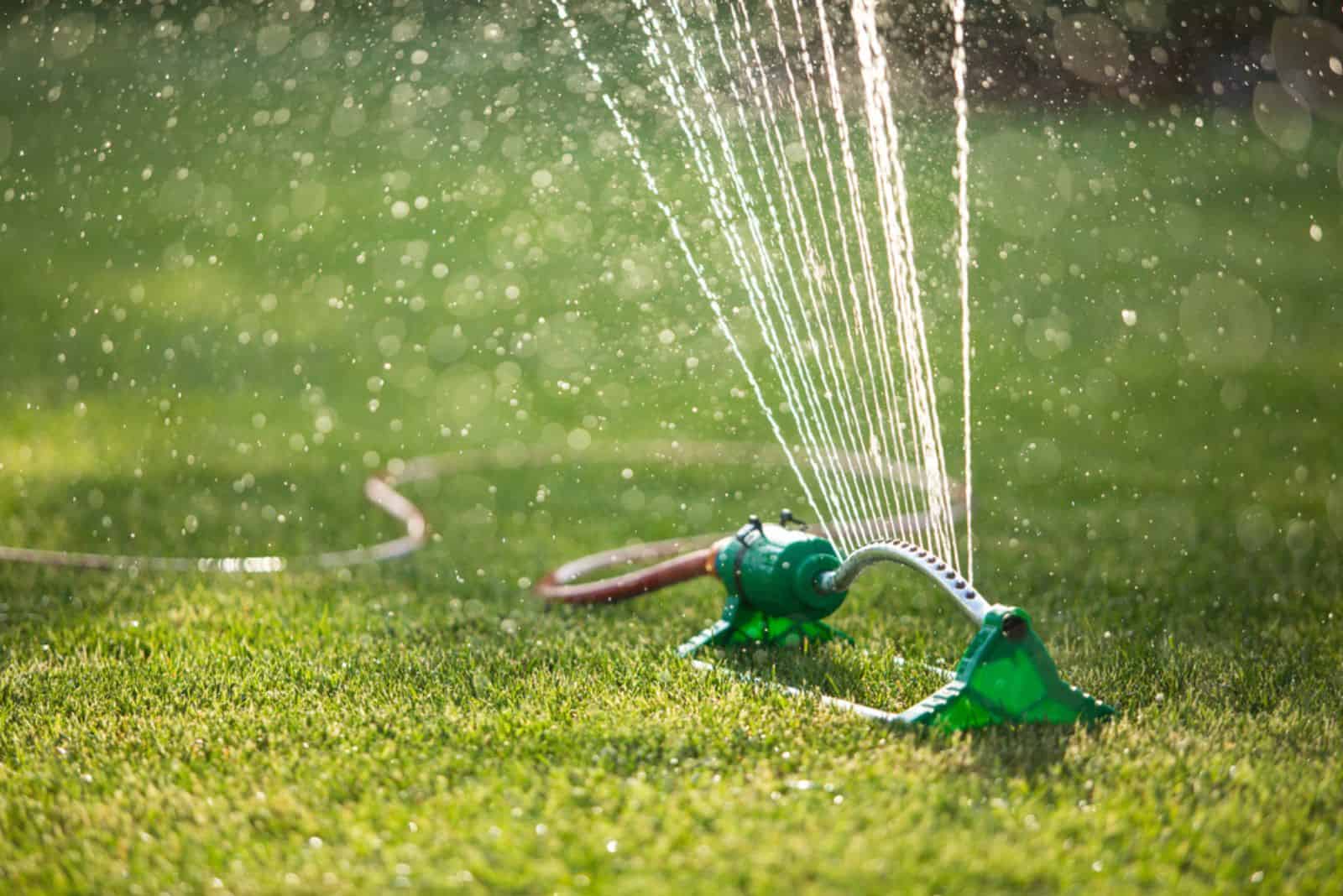A bumpy lawn does not look attractive and it can be really disheartening for those who spend a lot of time on lawn care. And there’s another problem: tripping over the bumps.
It often seems that this problem can only be solved using heavy machinery. Luckily, that’s not true. There is a simple and cost-effective way to level a bumpy lawn without the use of heavy equipment.
All you need is some soil, grass seed, sand, and, of course, time and patience.
Say goodbye to bumps and say hello to a lush lawn! Let’s get started!
Why Is Your Lawn Bumpy?
Before we move any further, it’s important to discuss why your lawn is bumpy in the first place.
Some of the most common reasons are excess foot traffic, water accumulation, soil erosion, small holes made by pests, sprinkler leaks, and tree roots lifting the ground while developing further.
I have to mention that it’s often not our fault lawns get bumpy. Think of it as something natural that must happen. For instance, if you have recently finished a new house, the soil needs time to settle and when it does, bumps occur on the surface.
Except for appearance, fixing a bumpy lawn has other benefits. First, it’s not uncommon for the lawn to become waterlogged, especially in areas with heavy rains. Leveling will prevent puddles, making the lawn thick and green again.
If you have kids and they need a playground or you frequently throw parties, it’s always better to use the backyard.
Best Time To Start Leveling A Bumpy Lawn
The first thing you should do is see if the bumps are all over the yard. If so, it would be best to level the entire area rather than individual bumps.
Late spring is the best time to start this project if you need to treat the entire lawn. It’s essential to wait until the danger of frost ends because that can significantly inhibit smoothing your lawn.
If you need to sow grass seeds, do so during this season because temperature is one of the reasons why grass seeds don’t germinate.
Prepare The Lawn And Soil
Here are the steps for lawn preparation.
1. Start by mowing and watering your lawn.
2. Take a garden rake and run it across the lawn. This will detach it and you’ll loosen the soil and get rid of the dead grass.
3. Make the soil porous using a garden fork or pitchfork.
Now it’s time to prepare the soil. You’ll need to make a mixture of 1 part sand and 1 part soil. I recommend using a standard-sized wheelbarrow for this.
Prepare grass seeds; read the label and check how many seeds you need to cover an area of 1,000 square feet.
You’ll need approximately 1½ cubic yards of sand and soil mixture per 1,000 square feet. This amount of soil won’t cover the grass that’s already on your lawn, which is our main goal at this point.
A single medium-sized wheelbarrow holds approximately 1½ cubic yards. Therefore, you’ll need 1 wheelbarrow of soil mix per 1,000 square feet.
Apply The Leveling Material
It’s time to start spreading the sand and soil mixture over your lawn. Add more material to lower areas of your lawn, but make sure you don’t add more than half an inch per spot.
After you cover the entire lawn, irrigate it thoroughly. This will help the soil to settle and become even. However, there can still be some lower areas and in this case, you’ll need to repeat the process a few more times until everything is level.
Water your lawn every day for about a week to enhance seed germination and leveling.
How To Deal With Only A Few Low Spots
If there are no low spots all over your yard, you don’t need to apply the leveling material to the entire lawn.
In this case, you need to dig into the grass at that spot to remove the top layer of grass. Be careful not to remove or damage the grass roots.
Fill the holes with the mixture of sand, soil, and grass seeds until it’s level with the surrounding lawn surface. Irrigate well for a few days and enjoy your level lawn!



